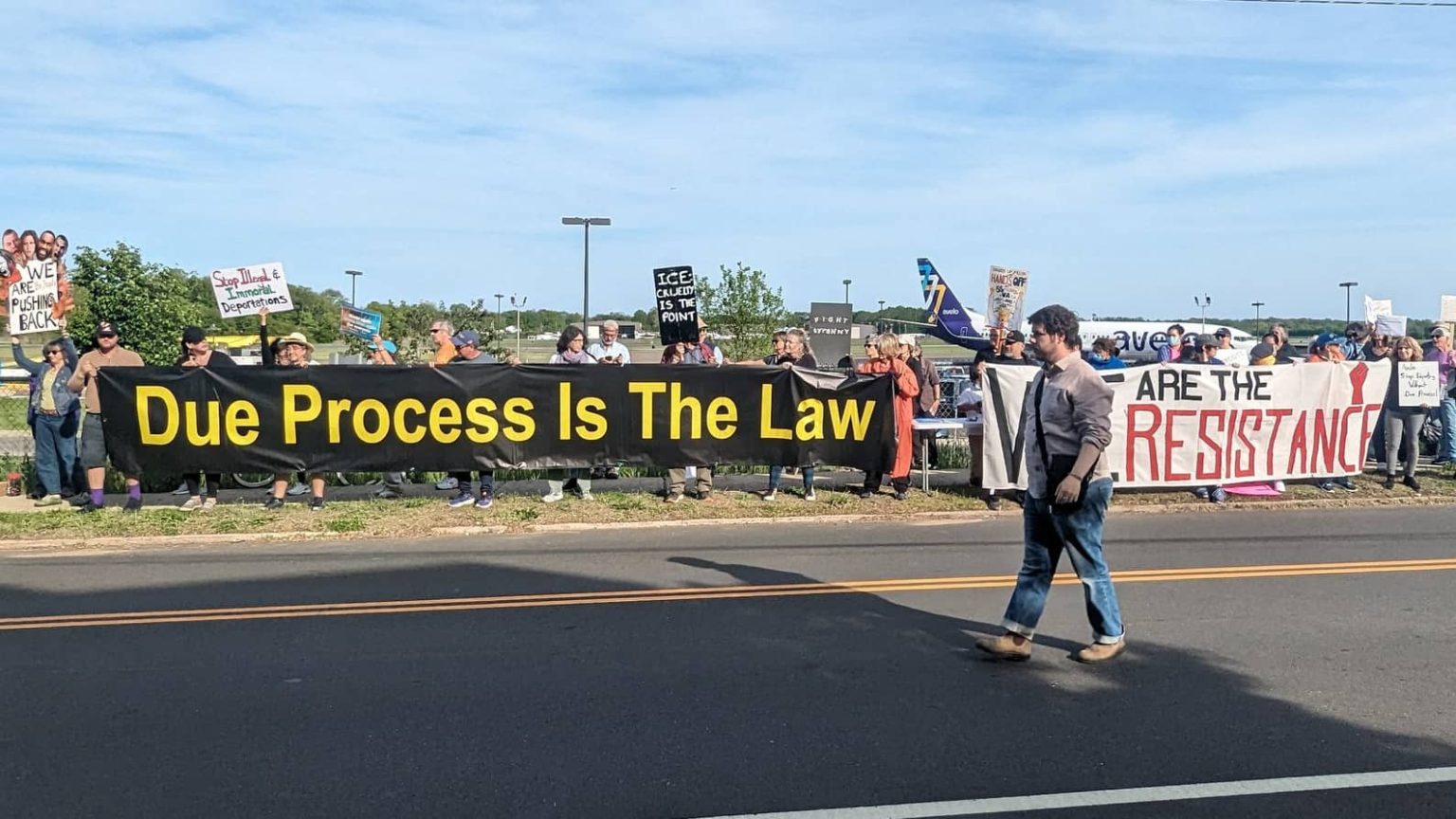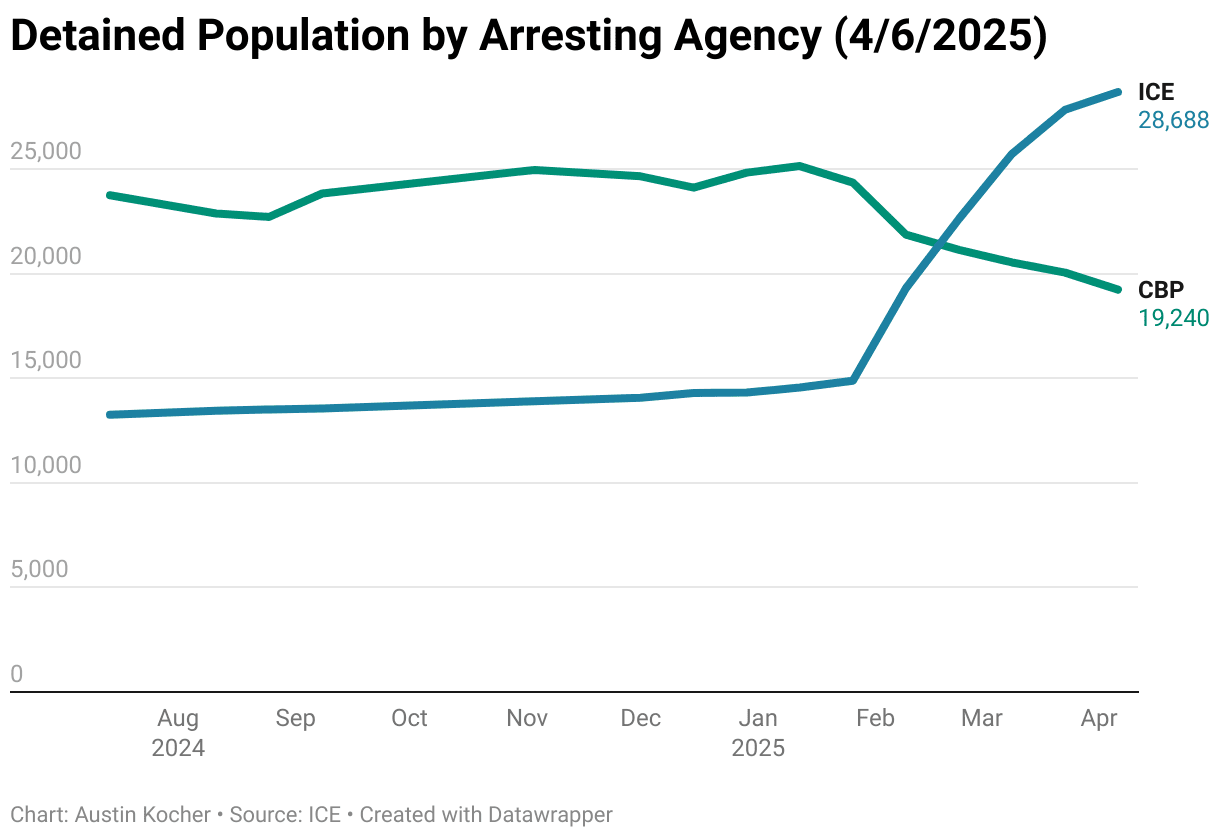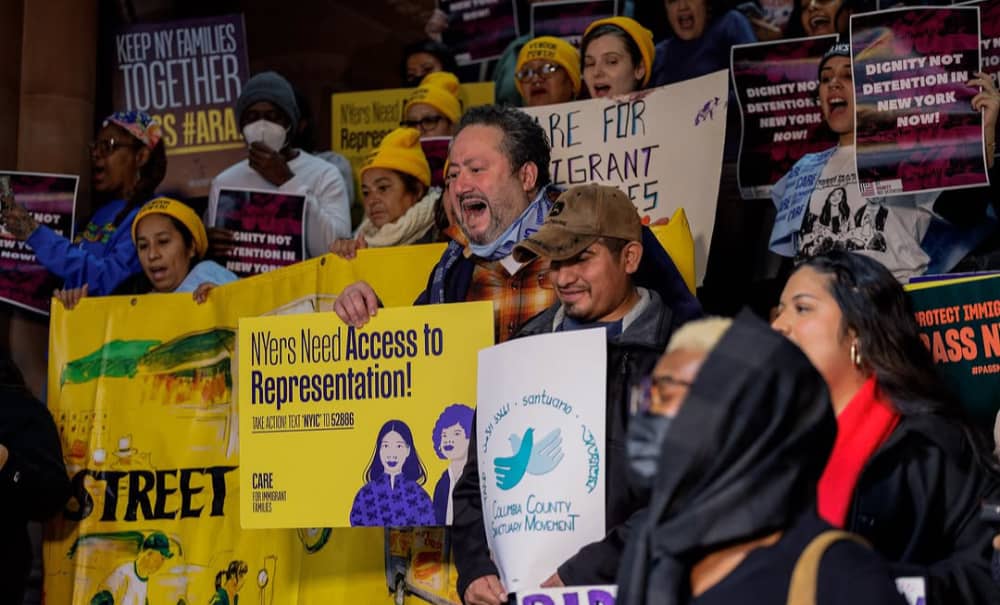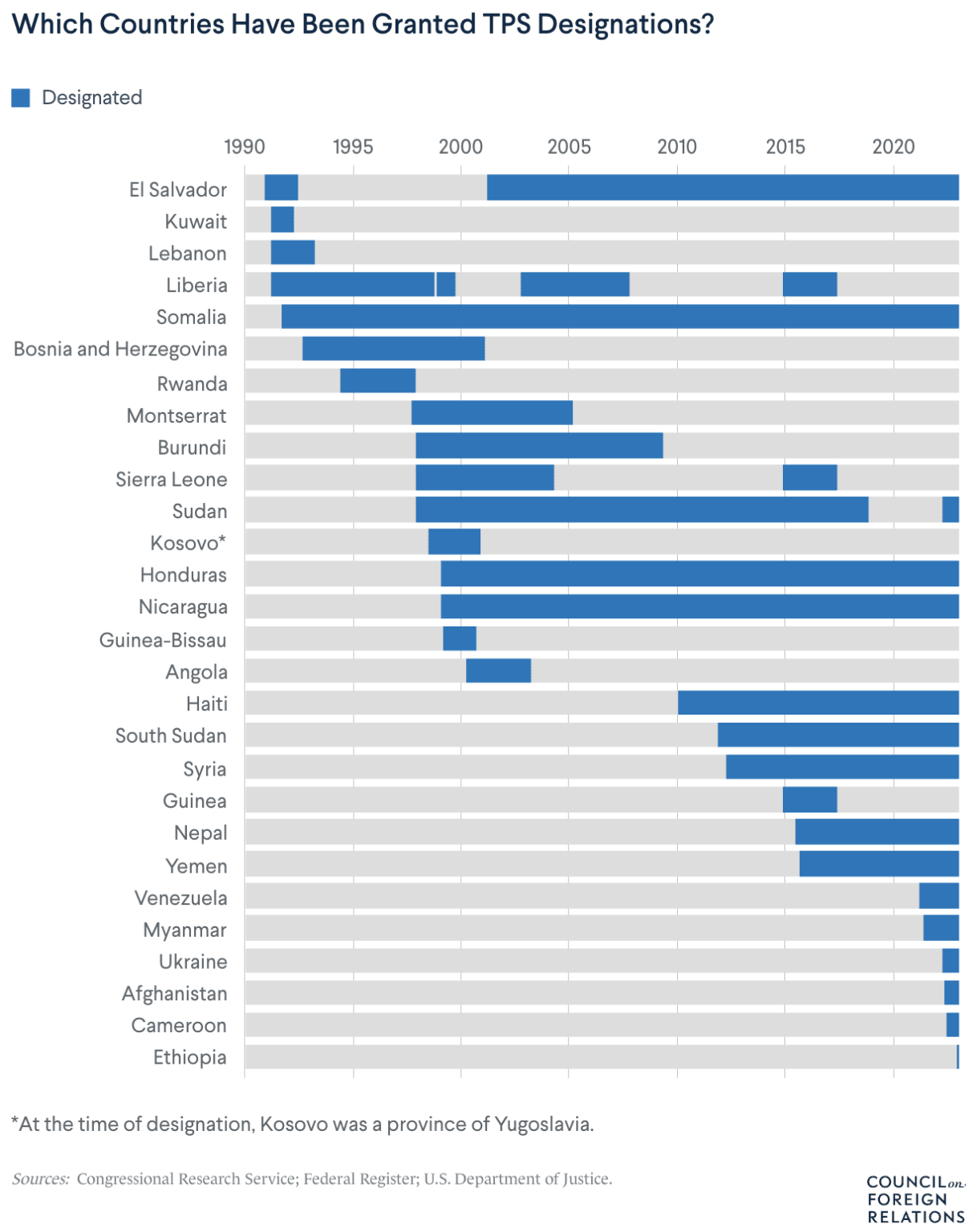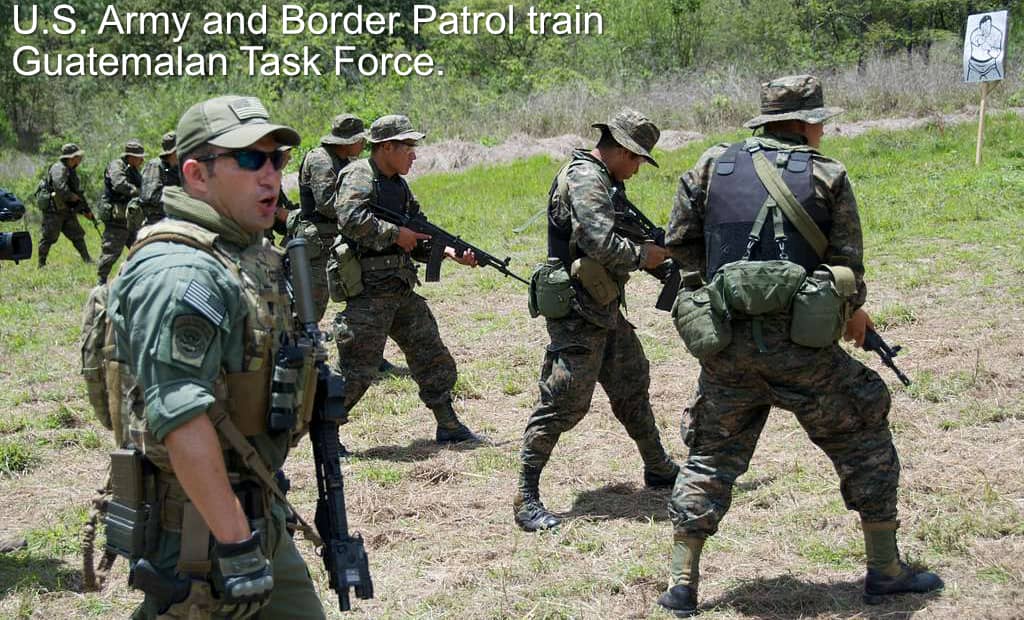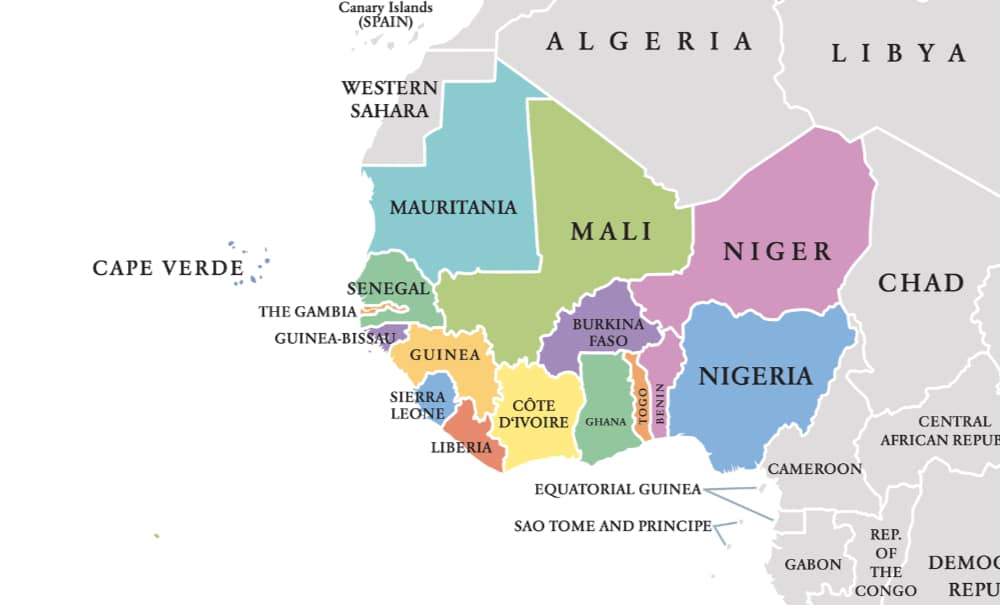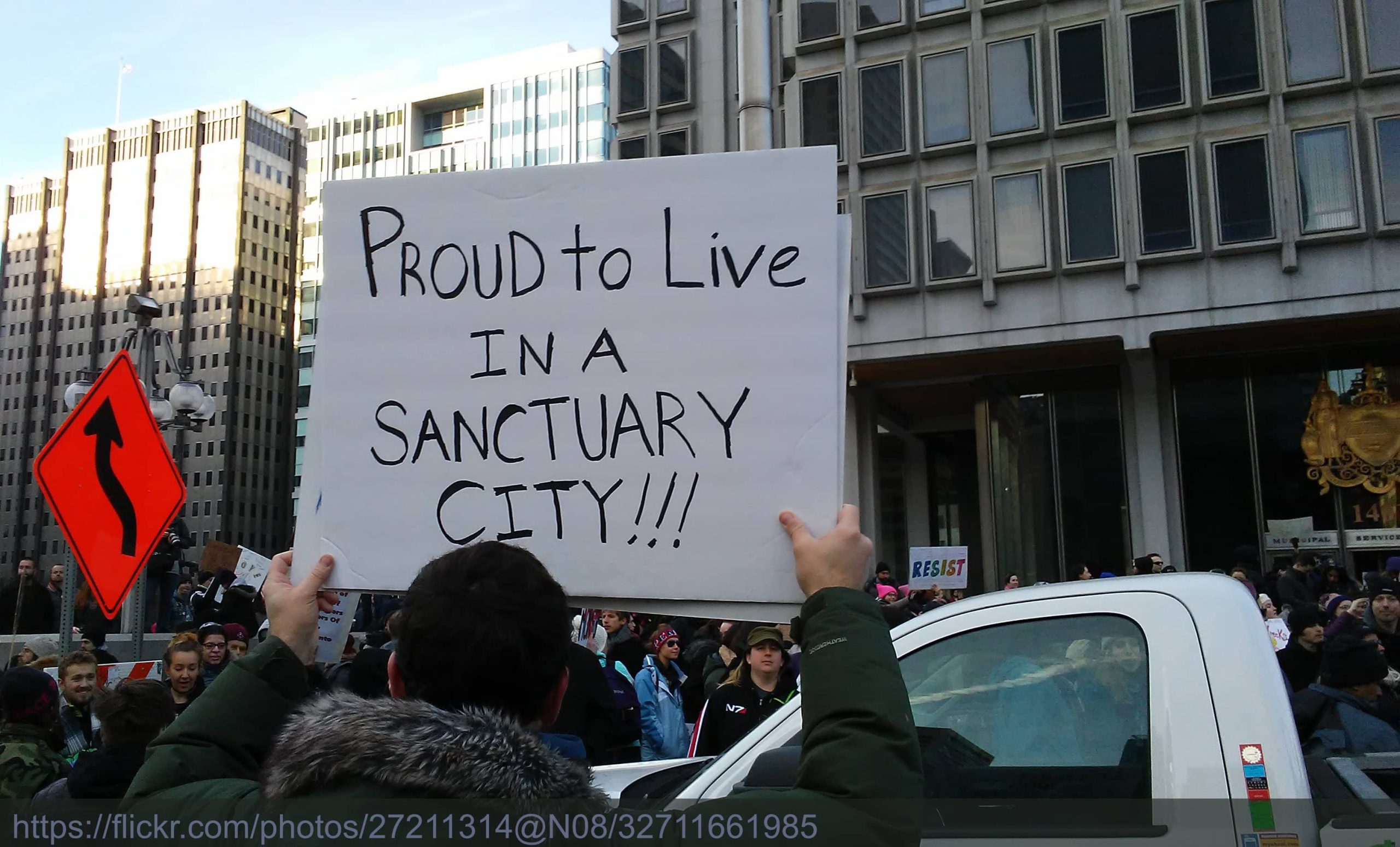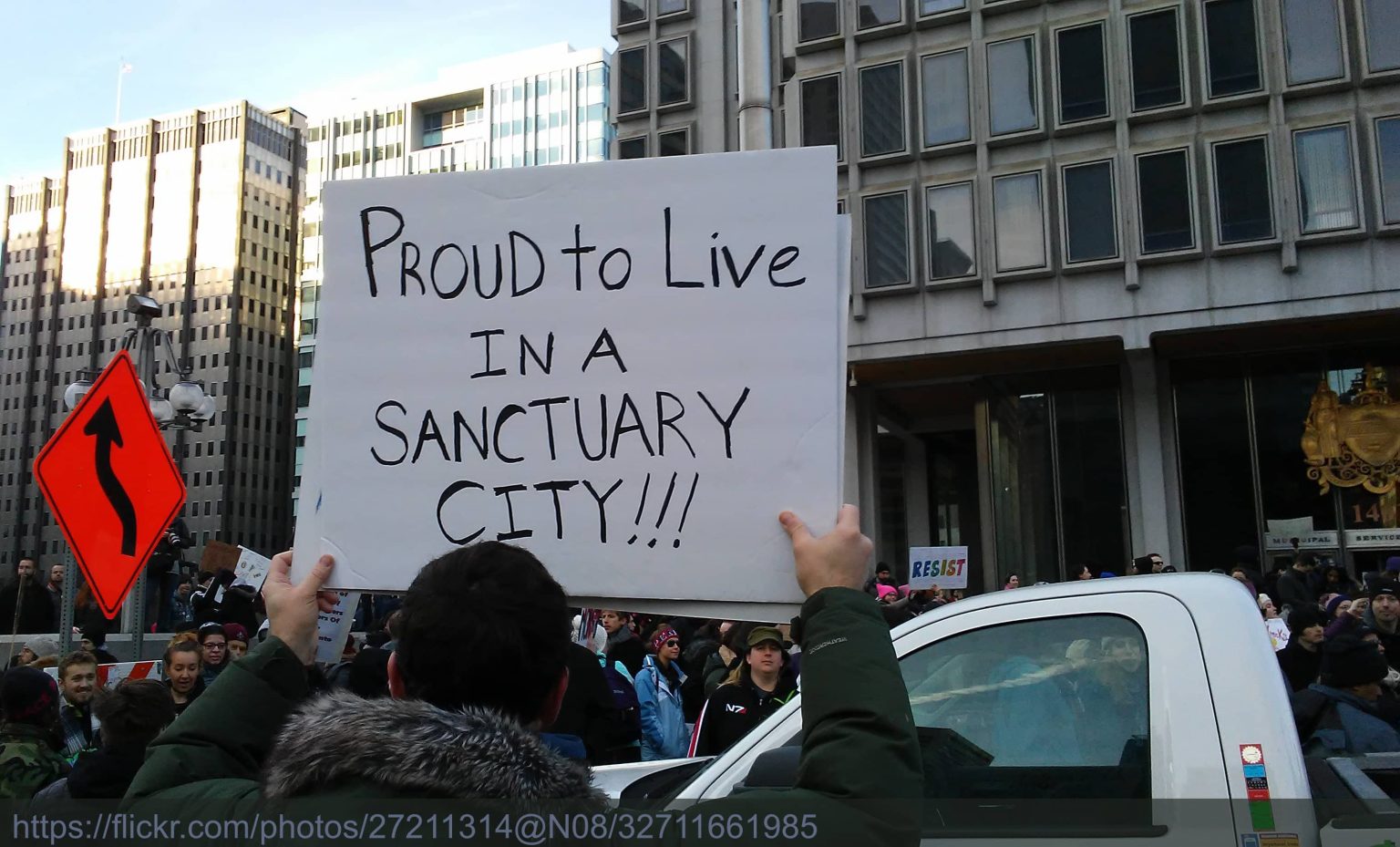
Dear friends,
With ICE thugs stalking our streets and universities and Eric Adams selling out to Trump’s Department of Homeland Security, the NYC mayoral election is unfolding in the middle of a human rights crisis, for migrants and for the city. Few of the candidates vying to replace Eric Adams address the issues of immigration and mass deportation with the urgency it demands. JHISN does not endorse candidates, but we ask that you pay attention to their platforms and use your ranked-choice vote to support candidates who will fight for immigrant justice. The mayoral primary will be held on June 24, with early voting running from June 14-22. Given how ranked-choice voting works, if you want to maximize your vote against a particular mayoral candidate, the best strategy is to fill in all five ranked slots (rather than just 2 or 3) provided on the ballot—while not listing/ranking the candidate you are trying to defeat!
Our newsletter today addresses palpable fear. We begin with the voice of one of our city residents who shares personal stories of fear, not just for how families will be torn apart by executive priorities, but also the fear of speaking out against Enforcers. We then look at the confusing and contradictory information about arrests, detentions, and deportations. We see how the clickbait social media productions from official government accounts attempt to spin a narrative of criminal deportations which is simply false.
Newsletter highlights:
- “Due process be damned”—living in constant alert
- Trump regime twists the narrative re: deportation numbers
1. The Voice of a Neighbor and Concerned Citizen
Under the draconian practices of this regime, fear has gripped undocumented New Yorkers. But many citizens also live in fear. A citizen, and former resident of Jackson Heights, has suffered and learned so much about our immigration system after successfully bringing her deported husband to the US that she decided to volunteer for an organization that provides free (pro bono) legal advice to people held in immigration detention centers. While studying to become a lawyer herself, she has developed a private paralegal clinic and handles a few cases that don’t require an attorney.
Here is her anonymous testimony about what she is experiencing, feeling, and the state of constant alert in which she lives:
“I have a client from Honduras—let’s call her Claudia M. She came around 10 years ago to the United States, fleeing violence and gangs in her native country. Honduras has the highest femicide rate of all the countries in Latin America, which also affected her since she was fleeing her aggressive domestic partner. When Claudia left Honduras, she left her three children behind with her mother.
“Her oldest child—let’s call him Diego, who is now 23 years old—had a childhood friend who was killed by the MS-13 gang around three years ago. That is when Claudia decided to pay for his voyage to come to the United States. She also financed the trip for her two other children to come to the United States.
“During the 10 years that Claudia was here, she had been in a relationship. As that relationship was coming to an end, she got a letter for her last court appearance regarding her asylum petition. During the turmoil of her breakup and fearing deportation, she missed her final immigration appointment. Due to this, the judge automatically gave her an order of deportation. Every day, she lives with fear that she will be deported. She is scared when she has to drive to work or pick up her kids from high school.
“One of the hardest parts for me is not being able to help her file paperwork with USCIS because of my fear of “activating” her case.
“When Claudia’s two youngest children were held in ICE detention in Texas, they were released to her care, and her address is listed on that release form. If we begin to move one of their cases along by applying for Temporary Protected Status (TPS), I am afraid that she might end up on a list of people with active orders of removal.
“Her second oldest son is doing very well in high school and is getting ready to go to college. However, he is unable to apply to be admitted to college or get financial aid without a work permit and Social Security Card. In order to do this, he needs to file a petition under TPS. Once that is approved, then he might be eligible to get a work permit and Social Security card. However, under this current administration, by trying to do the right thing for her son, I might inadvertently negatively impact his mother.
“This is the same fear that my own family felt when I was getting ready to do an interview about my own experience of being the wife of a deported husband, and that might be watched by current immigration officials. Since my husband was deported about 10 years ago and then given a waiver and pardoned, I am afraid of speaking out. It seems to me that this administration will stop at nothing to quiet people who oppose their methods. If by speaking out, I am harming my husband’s chance at staying in the United States and becoming a US citizen, then I would rather stay quiet. I can not rip him apart from my daughter’s life and go back to the way things used to be before. He is here now, and we are grateful for that.
“Currently, many immigrants do not feel free to speak openly about things done to us by the previous or current government. Even my mother, who is a citizen, also fears losing benefits she got from the government. They might take any chance to send anyone back. They might be looking for any excuse. Due process be damned.”
WHAT CAN WE DO?
- Donate to support the Immigration Justice Campaign.
2. Deportation Misrepresentations Generate Fear
We repeatedly watch President Trump’s deception in action, particularly his lies about immigration. He states that actions will be taken, based on invalid or inaccurate source material, and then, regardless of the actual outcome, declares the outcomes met his stated goals. We see this again in the way his administration reports on immigrant deportations. While campaigning he promised the largest deportation program of criminals in US history. Now elected, he strives to control that narrative and claim he is delivering on that promise—despite facts and reality to the contrary.
In the first weeks of his presidency, Homeland Security posts on ex-Twitter showed daily immigrant arrest numbers that made Trump look tougher than the Biden administration. A 627% increase in monthly arrests makes an impressive headline, but the DHS Press Release related to that post plays with nuanced deportation terminology, comparing different types of arrests while implying they are the same. Those headline-grabbing posts stated average counts of 800 arrests per day, but research by Hearst media suggested the daily numbers were closer to 300 arrests per day, similar to Biden. Also, back in 2021, the Government Accountability Office documented how DHS arrests and detentions of US citizens—which are taking place under Trump—have happened before. What is new is the self-aggrandized and inhumane reporting of immigration enforcement activity shared by DHS just to instill fear.
“While DHS has stopped reporting monthly data on removals, NBC reported that ICE removed 4,300 noncitizens from the U.S. interior in February, a slightly higher pace than the average 3,200 per month from FY 2021-24, under Biden, but lower than the 6,800 in the first Trump administration and well below those of the Obama administration, when ICE carried out about 12,900 removals from the interior per month.” —Migration Policy Institute, April 24, 2025
We are seeing how the Project 2025 blueprint is being implemented as the administration seeks to dramatically increase the number of people who can be targeted for removal. This month the Supreme Court ruled the administration can end Temporary Protective Status for over 800,000 people. Yet to be addressed are the threats made to cancel DACA for 540,000 Dreamers, and to end the asylum parole status for 240,000 Ukrainians. Also under threat are international students and green-card holders whose visas could be revoked. All these conditions set the foundation for yet more deportation increases in the future. But during these first months, the more accurate story is that ICE arrests in the US interior have increased while Border Patrol arrests have dropped significantly, as shown by TRAC-obtained data. This switch in arresting agencies has kept the overall numbers of arrests similar to the Biden administration.
Source: Austin Kocher
This means that Trump’s success in dissuading people from attempting to cross the border has negatively impacted the deportation numbers he desperately wants to show are growing. In the chart below, note the three short red lines (on the right) for Feb, March, and April 2025 showing that attempted SW border crossings have dropped from well over 100,000 to less than 12,000 monthly encounters.
Southwest Border Encounters. Source: NBC News
So how has Trump kept his overall arrest numbers slightly higher than Biden’s? The data shows, “ICE’s enforcement surge has largely targeted immigrants without criminal convictions or criminal charges, contrary to the Trump administration’s baseless public assertions.” Throughout January 2025 the distribution of ICE detainees was steady at around 62% with criminal convictions, 32% with pending criminal charges, and just 6% with no criminal violation. But by April 20 the data shows that 18% of ICE detainees have no criminal convictions (triple the percentage in January), while only 45% have criminal convictions. This is actually just a continuation of the Biden approach when, in 2021, the majority of people in ICE custody first started to have no criminal record.
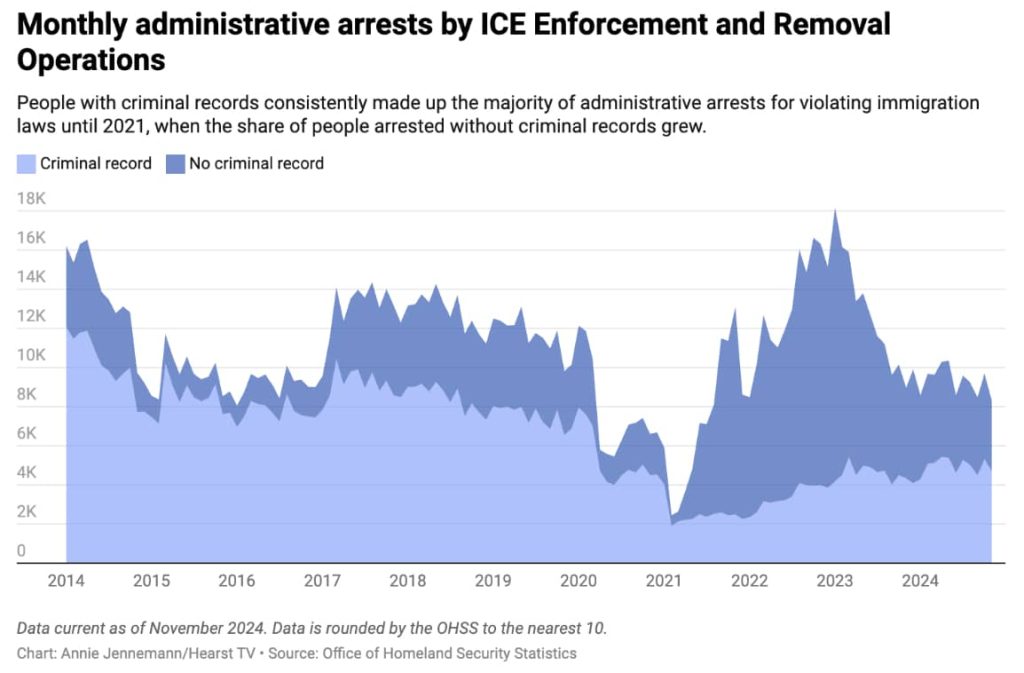 Source: WDSU – Hearst Media
Source: WDSU – Hearst Media
Just because the current administration lies about their deportation numbers does not in any way suggest that the actions they are taking to reshape immigration law–sidestepping Congress–are not heinous. In week one of Trump’s ICE raids, 100 NYC immigrants were arrested, and little is known about their current situation. New York City’s rapid response immigration hotline tracked a 68% increase from prior months with 140 requests for help in January, 35 of which were for people in immigration detention. As if life was not hard enough as a street vendor, “vending without a license“ can be prosecuted in NYC as a criminal summons or misdemeanor rather than as a civil liability, which also puts vendors at risk of deportation if they encounter police. The fear of being deported has caused many vendors to stop working.
“It’s not about public safety anymore. It’s just about this volume number. And we are less safe for that.”
—Former ICE Chief of Staff, Jason Houser
WHAT CAN WE DO?
- Subscribe to the substack of Austin Kocher who regularly publishes unbiased information about immigration, deportation, asylum and immigration courts.
- Learn the SALUTE method when you see ICE actions in the city—as described by the New York State Youth Leadership Council.
- Download, read, and share the new publication. “Resisting Authoritarianism: Our Collective Struggle Against Trump’s Escalating Attacks on Immigrant Communities”
In solidarity and with collective care,
Jackson Heights Immigrant Solidarity Network (JHISN)
Follow @JHSolidarity on Facebook and Twitter and share this newsletter with friends, families, neighbors, networks, and colleagues so they can subscribe and receive news from
JHISN.
